Stop Worshiping Your Tools | Project Feline Devlog
I observe many online debates over what software tool is the best for developing games and that many can become so attached to their tools that they forget what they're building and why they're building it. In this devlog I take you into my innermost thoughts as a creator, sharing the intent I see imbued in the media I personally love. I discuss how media which lacks intent will be saved not by a magic tool, but by the craftsman using the tool.
I recently made a video about why I've chosen to stay on Unreal Engine 4 while developing my indie game, Project Feline, and have put little thought into keeping my software up to date. For whatever reason, this video sparked a lot of discussion.
Many commenters were quick to share their grievances with Unreal 5’s increasing system requirements and diminishing performance in pursuit of fidelity, while praising my choice to stick with an older version of Unreal. But I think a lot of people came away with the conclusion that Project Feline will be a great game purely on the virtue of being built with older software. But I disagree. Just as a game isn’t automatically good because it uses a newer engine, neither is it good because it uses an older one; there’s a lot more to it than that.
I’ve often noticed online discussion of game development tends to pivot around these technical things, arguing over what game engine is the best, or what programing language is superior. I feel that people at times can get so attached to their tools that they allow the tool to subsume their entire identity.
When people do this, I strongly feel that they’re missing the forest for the trees. I feel the attention garnered by this topic is symptomatic of a much deeper problem plaguing all creative industries today. Why would you put so much faith in your tool in the first place? Maybe it’s because you have no faith in yourself.
Intent Over Tool
As I’ve been working on Project Feline I’ve come to learn that the tool matters considerably less than the individual using it, and the artistic intent of that person. I strongly feel intent needs to be focused on more because whenever I see developers get into arguments over tools, I found that they have put so much thought into the tool, and not what it is I actually want to build with it, and why. Knowing your intentions is not straightforward either, but it's so foundationally important. I’ve seen a lot of developers, no matter what engine they were using, whether it was Unity or Unreal or Godot, suffer from this problem, including myself.
I started Project Feline with the intention of making a game that I would like to recapture a sense of childhood nostalgia, and while well-intentioned, I found that that alone is insufficient. I knew I like certain mechanics and aesthetics, but I didn’t know why, and this created a lot of ambiguity when prototyping.

Early Project Feline prototype featuring infinite sliding and gun
Without a sense of cohesion, it’s difficult to make something that appeals to more people than just you. For if all you see in the games you liked growing up is nostalgia, and if capturing that is your only intent, then there isn’t a reason not to combine everything you found nostalgic into one project, even if it doesn’t fit.
I escaped that hell by learning to exercise restraint. Not just adding stuff because I thought it was cool, but really asking myself, “why would this be cool? Are you just charmed by a new feature, or does this actually solve a problem and contribute to the overall attitude of the piece?”
“But how do I know what’s the right thing?” you might ask. “Other people have to tell me! I have to show this off and get feedback so that other people can tell me what’s good!”
And that can be a trap as well because other people are going to be attracted to your thing for completely different reasons than you. Don’t get me wrong, I think others a good judge of the stuff that you choose to put in, and they can judge how well implemented it is from the distance. But they don’t necessarily know the inner workings and mechanics of why things work together. It’s not their job to. And if it was executed well and cohesively, they wouldn’t notice.
“Then how do I know what to do?”
I don’t know how to fix this dilemma for everyone else, but I can tell you what I did that’s been working out for me. When I fixed this for myself, I stopped caring about my software as much and began making much higher quality progress towards executing my vision for my game.
Finding Intent
While I’m sitting here working, there’ll be one part of my brain that’s focused on the task at hand and getting through it. But there’ll be another part of my brain that’s analyzing what I’m doing and asking questions.
“Am I satisfied with what I’ve just done?” “Is it good?” “Does it hold up?” “What’s the goal with this choice?” “What impression am I hoping to leave?”
This is very much been the case in the visual parts of the game. I've picked a very demanding 3D anime art style for Project Feline, and I’ll ask myself “why this style?”

I’m by no means a hardcore anime fan, but I recall every morning before school when I was about ten years old, I’d always watch this one specific TV channel that would air these different cartoons and shows from all over the world, and the ones that caught my attention the most were the ones with this anime art style. The character designs, poses, and the way they moved really caught my attention, and I wonder what it was that made me so drawn to this as a child over something like Peppa Pig, and why I still admire it all this time later.
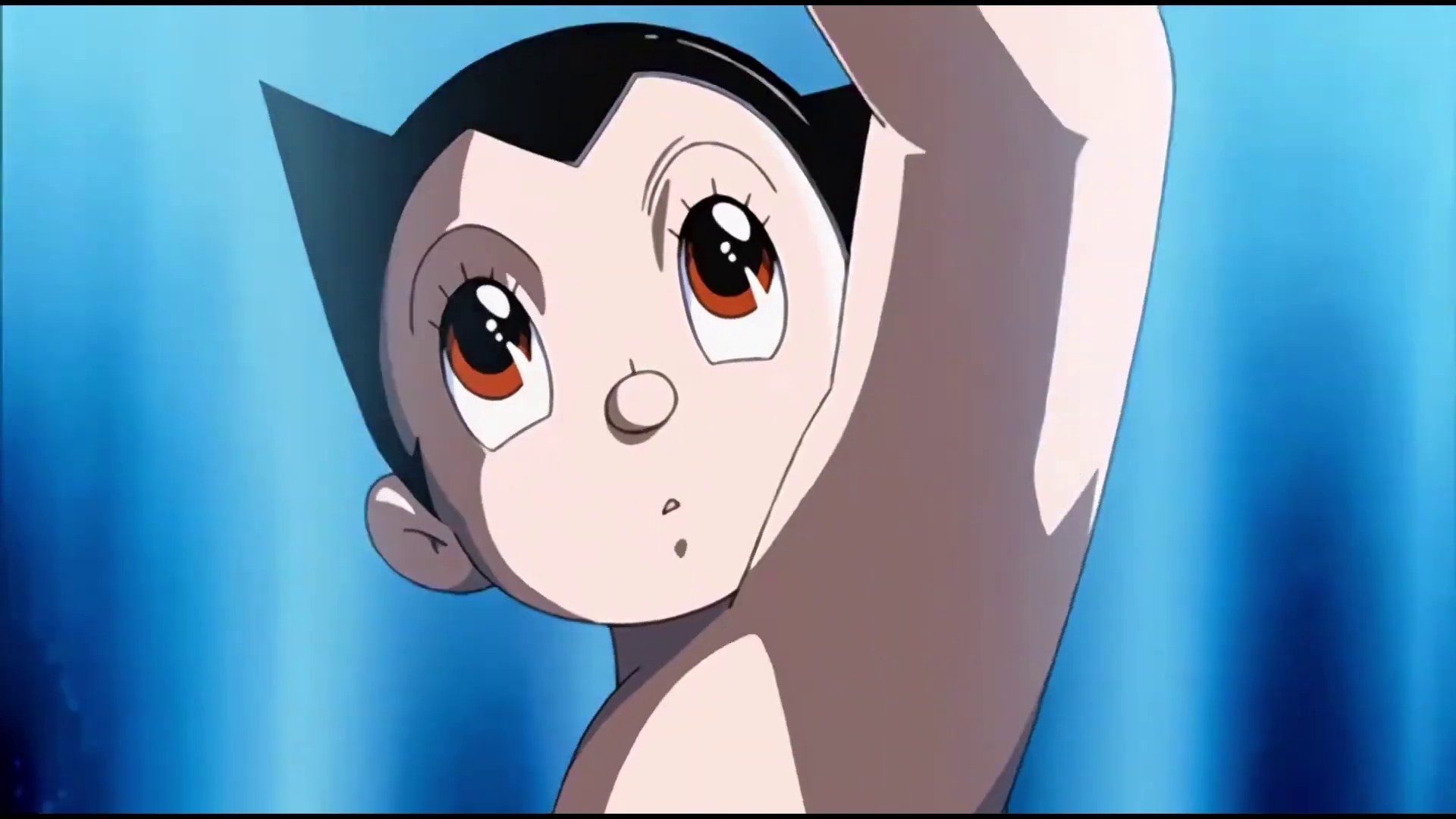
Source: Tezuka Productions – Astro Boy

Source: TMS Entertainment; Nelvana – Bakugan Battle Brawlers
I ask myself similar questions about game mechanics. I’ve noticed there are certain mechanics and dynamics I’m really drawn to. Sometimes I’ll see two games with the same mechanic that are implemented very differently, and I’ll tend to have a preference over which one I prefer. What is it that makes me prefer one over the other?
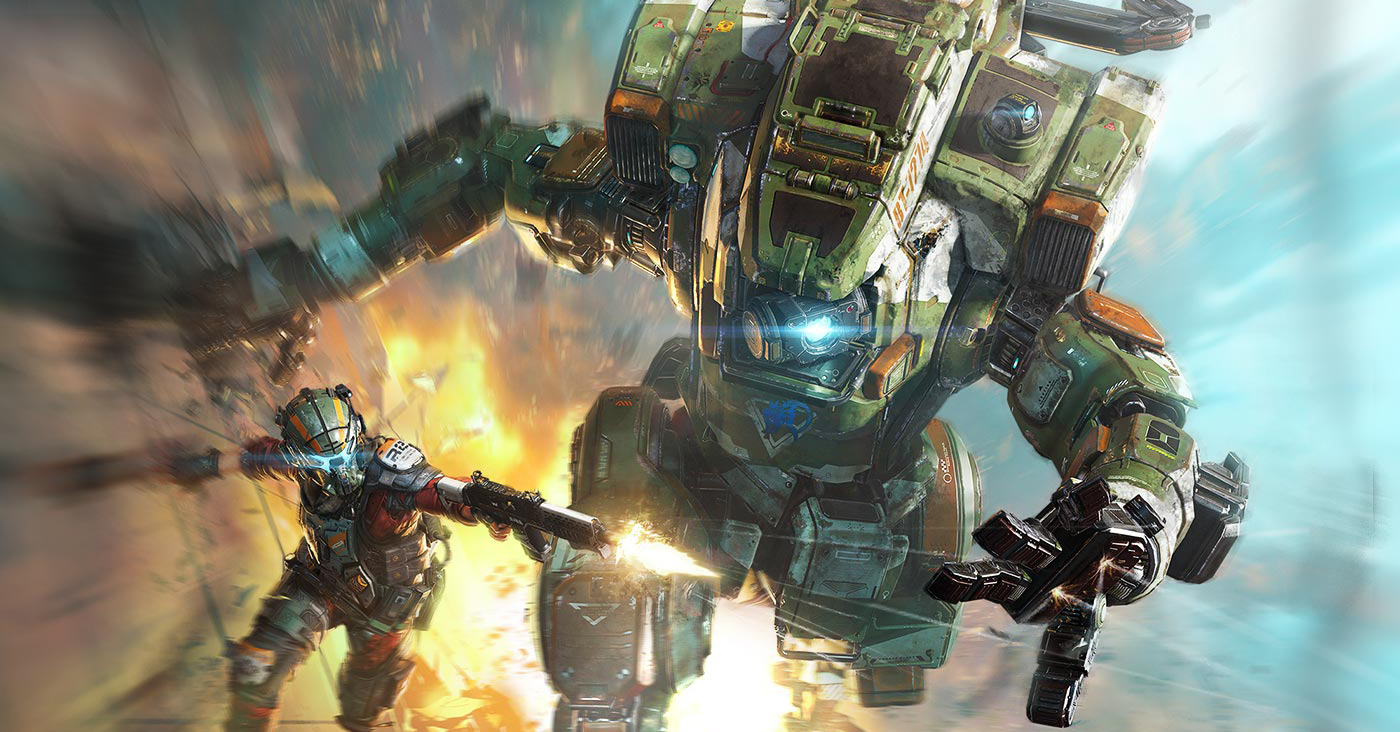
Source: Respawn Entertainment – Titanfall 2

Source: DICE – Mirror's Edge
Artifacts of Attitude
I pay close attention to the things I like, whether those are video games or movies or albums or books or what have you. And with the things I keep the longest that I cherish the most, I start to see them as more than just media. And they become, as I like to call them, artifacts of attitude. That is to say that a lot of the things I cherish have attitudes in common, imbued in the fabric of the work.
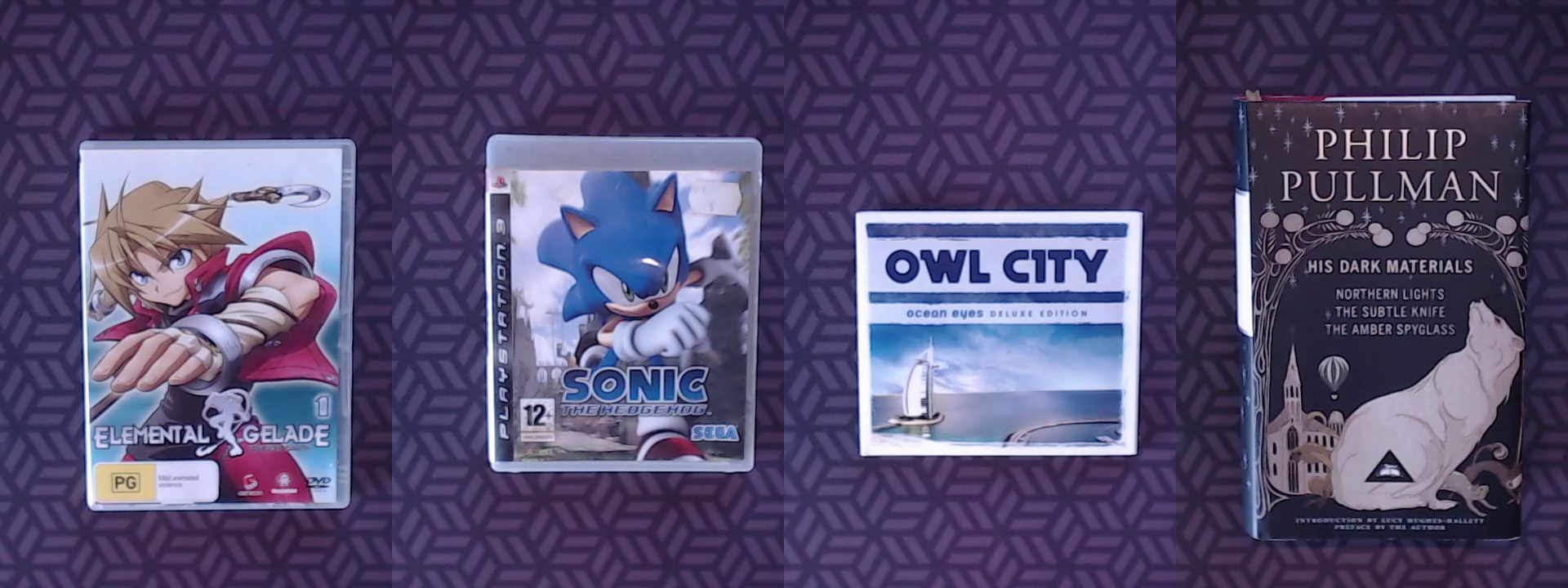
Xebec – Elemental Gelade; Sonic Team – Sonic the Hedgehog; Owl City – Ocean Eyes; Philip Pullman – His Dark Materials
The attitude imbued in a game or an album or a book isn’t readily apparent from a first watch, but it becomes apparent over time. You have to spend quality time with the thing and cultivate a relationship with it like you would with a person. In a way that is indirectly what you’re doing because, most likely, that piece of media was made by a person.
This bond isn’t measurable in a quarterly report. There’s no metric of it to track in an analytics dashboard, and it’s not something you can get a read on from the day one review score. It’s the way the thing patinas with you over time. It’s really invisible. But when you spend enough time with a thing, you begin to notice the invisible. You begin to recognize the attitude with which the thing was made. And more often than not, that very attitude is what drew me to the thing in the first place without me realizing.
While invisible at first, the attitudes imbued in a work become easier to notice when I closely analyze how and by whom it was made.
Attitude of Hand-Drawn Animation
While working to achieve the 3D anime art style for Project Feline, I began researching how anime is made. I started learning about the key animators, in-betweeners, the colorists, background artists, and everything. When I start looking more thoroughly, I start to notice patterns and recognize that for something in anime to look good, it has to be done a particular, deliberate way, whether that be paying close attention to the colors of a scene, the way the color of skin reddens when in shadow, the way your eye is drawn across the screen when a certain pose is struck, or what have you.
I ask myself “what is it about those things that I like?”
I really love that they’re paying so much attention to the details, which isn’t always going to be the case with every type of style. When I look at it like that and answer those questions, I realize why I love the style. It's not because of how it looks necessarily, but rather how the attitude that had to go into it—paying attention to details, deliberately choosing every key pose, every color, every line, to give a particular impression—gave you this outcome of having it look this way.

Source: Makoto Shinkai – A Sky Longing For Memories: The Art of Makoto Shinkai
When I look at my protagonist Gabi now, rendered in this style, I don’t just see a character. I see a living monument of the attitudes that I want to pass on. I’ve worked to imbue these attitudes not just in her design, but also in the way she moves. So you’ll notice now that the mechanics I’ve chosen to keep are a lot more fluent and cohesive, and her animations more acrobatic.
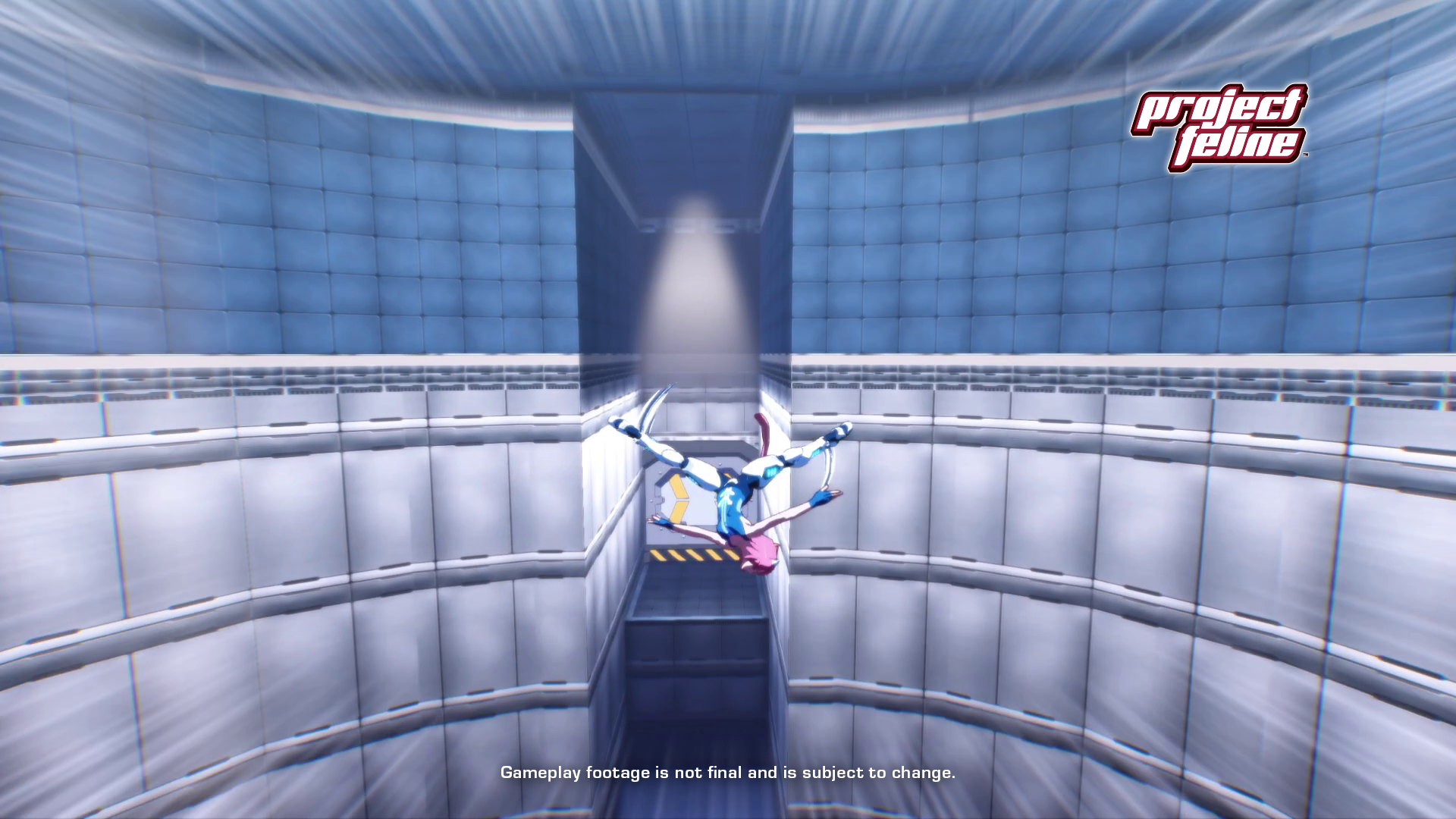
Attitude of Gymnastics
I animated her this way by studying gymnasts because I recognize a similar attitude in the craft of gymnastics. In order for a gymnast pull off the demanding routines they do, it requires a total, consistent, long-term commitment to the pursuit of controlling oneself, and to employ that self-control, not just to move from point A to B and not necessarily to do it quickly, but to do it thoroughly and gracefully. That’s an attitude I admire, and one I also notice in anime. Doing something intentionally and deliberately, whether inking the perfect sketch with your hands, or contorting your posture at the precise right time to execute the perfect corkscrew flip, both require self-control.
Attitude of My Favorite Games
A lot of the video games I played growing up reward this same behavior. I invested a lot of my childhood mastering particular characters, playing the same game over and over and over again until I completely finished it, completely mastered it, and got the exact result I wanted.
This same attitude must be embodied to be a traditional artist, a gymnast, or a skilled gamer.
The Treasure Is Not the Tool
When I zoom out and look at all of those things in totality, it tells me a lot about who I am and the sorts of things I ought to be making. I believe knowing yourself that well is such an important thing as a creative person, much more important than arguing over what game engine to use.
You see, all of the things that I cherish (games, shows, films, albums, etc.) were made with various different software. I didn’t like a certain album because it was made in Reason 7. I didn’t like a certain book because it was typeset in Adobe InDesign. Nor did I like a certain game because it was made in Unreal. You can create trash or treasure with these tools. But true treasure is hidden. You aren’t going to find it out there on shopping for tools on YouTube, Stack Overflow, in a subreddit or in a Discord server. You're going to find it buried inside something you already have.
When I began to recognize it, the treasure that lay beneath the nostalgia, beneath the tools it was made with, I discovered the true sum of its parts—the enduring attitudes and merits with which it was made. It’s these very merits and attitudes that have possessed me to work on Project Feline in the manner that I have. And it’s my hope that if I do a good enough job throughout the rest of development, these same merits and attitudes might live on through my game to reach the next person.
What Matters Most
I think that’s what it’s all about—not the tool, but you and your attitude. So long as you know what you're making and why, and you recognize what attitude you ought to adopt and pass forward, you can get the job done with any tool, and the audience won’t care what you made it with.
If you’re aspiring to create someone else’s treasure like me, and you're struggling to know what it is you're actually trying to make, and you’re getting caught up on trying to pick at all, I would encourage you to do as I’ve done. Withdraw from online arguments. Pick the tools you’re comfortable with. Sit alone with the media that you cherish and analyze why you like it.
Don’t just consume the product. Ask questions. The answers will find you. You’d be surprised the amount of value you can squeeze out from a few good things, rather than a lot of average things. And I hope that one day my thing might be one of those good things for you to enjoy.
There’s a lot more to developing a game than just coding and picking the right engine, and I hope I’ve been able to articulate some of what that invisible work is through these dev logs.
Collect some artifacts of a attitude and support me in the process by wishlisting Project Feline, checking out my merch, or supporting me on Patreon!
Get Project Feline (Prototype)
Project Feline (Prototype)
Anime-style parkour action!
| Status | Prototype |
| Author | Raymond Cripps |
| Genre | Action |
| Tags | 3D, 3D Platformer, Action-Adventure, Anime, Female Protagonist, Parkour, Sci-fi, Singleplayer, Third Person, Unreal Engine |
| Languages | English |
| Accessibility | Configurable controls |
More posts
- “Why don't you upgrade to Unreal Engine 5?”Jan 29, 2025
- I turned Gabi's in-game model into merch!Dec 23, 2024
- "Just Hire More Devs" | Project Feline DevlogDec 10, 2024
- How a Project Feline Devlog Is MadeSep 14, 2024
- Designing Characters With Soul | Project Feline DevlogJun 28, 2024
- Conversation with Project Feline developer Raymond CrippsApr 24, 2024
- Designing Enemies | Project Feline DevlogApr 13, 2024
- Now on Discord!Mar 03, 2024
- 100K Subscriber Special Q&A!Dec 20, 2023
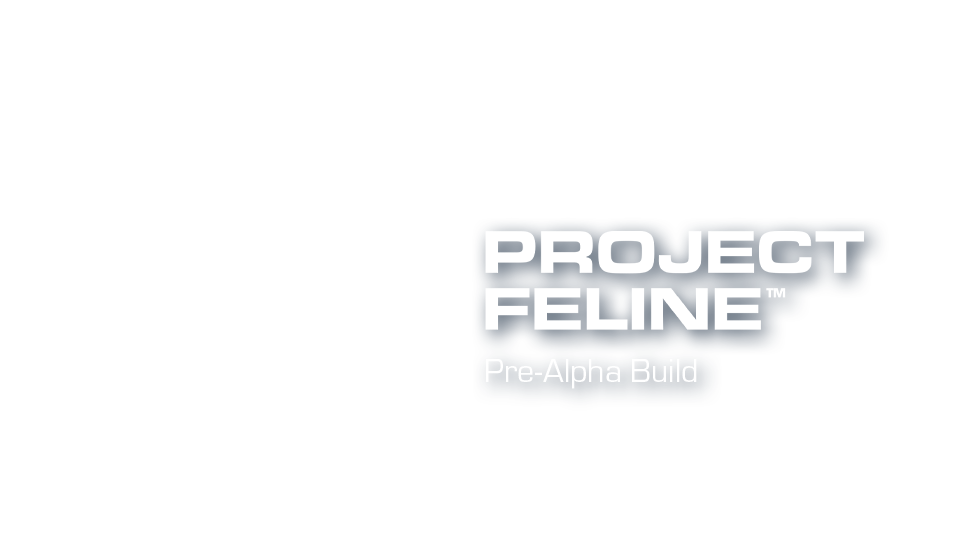
Leave a comment
Log in with itch.io to leave a comment.